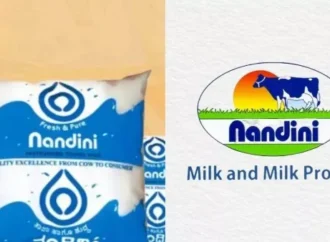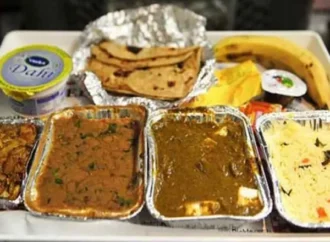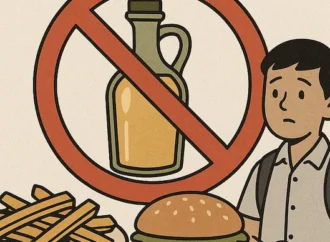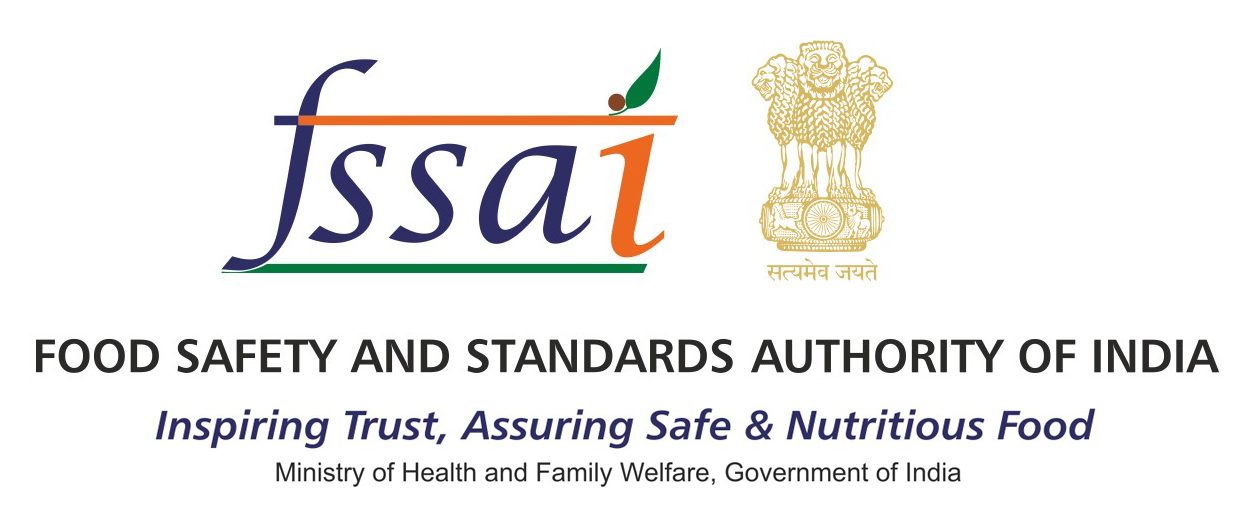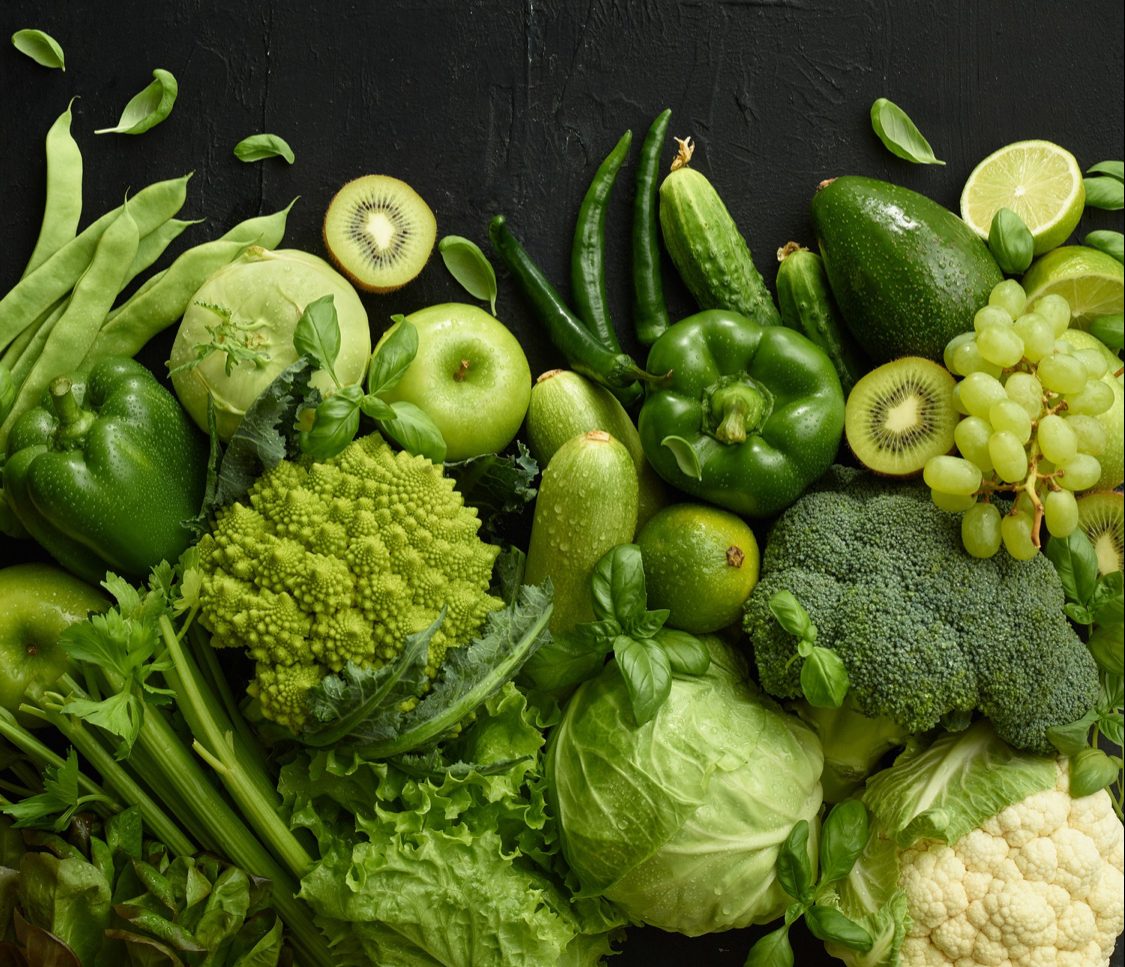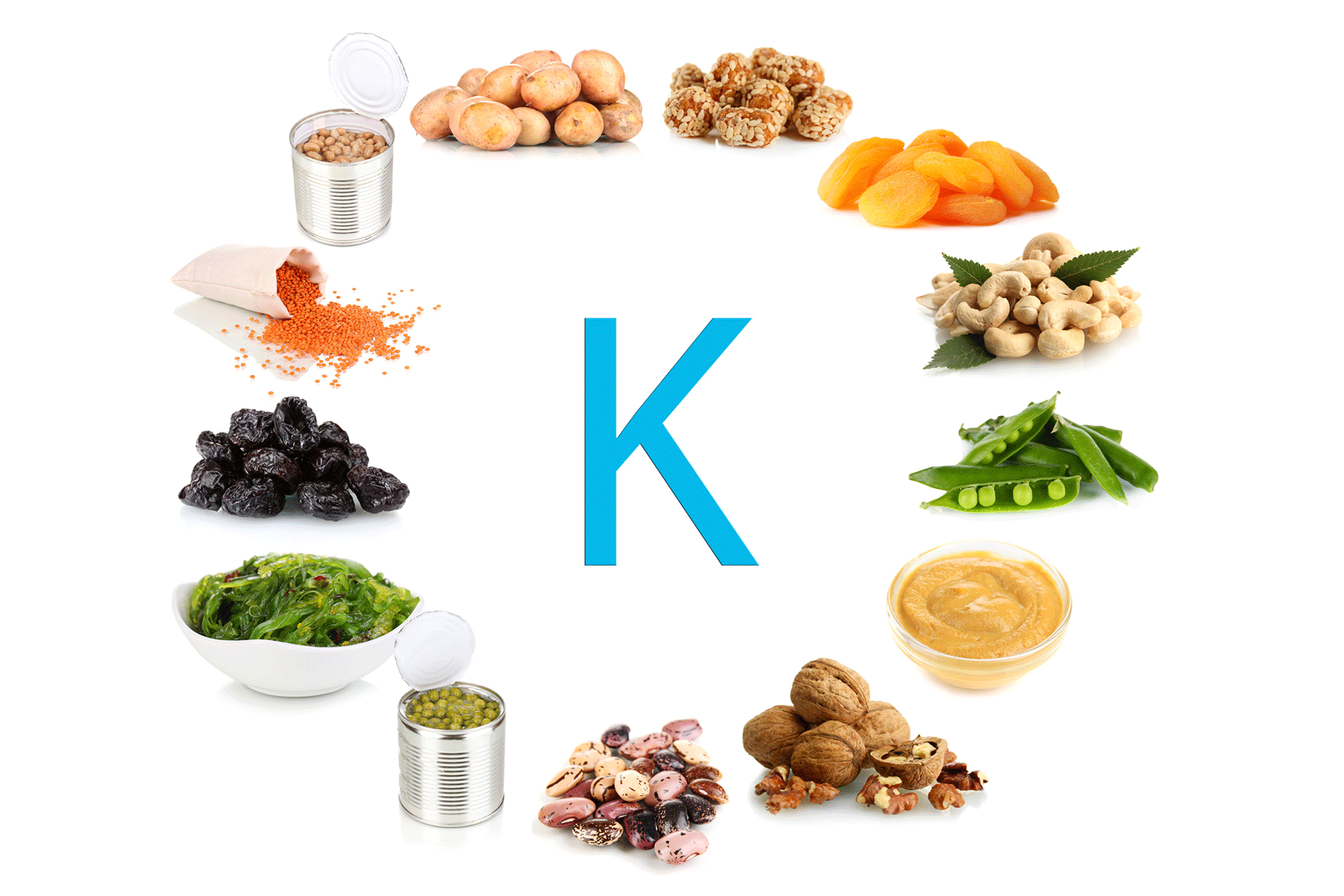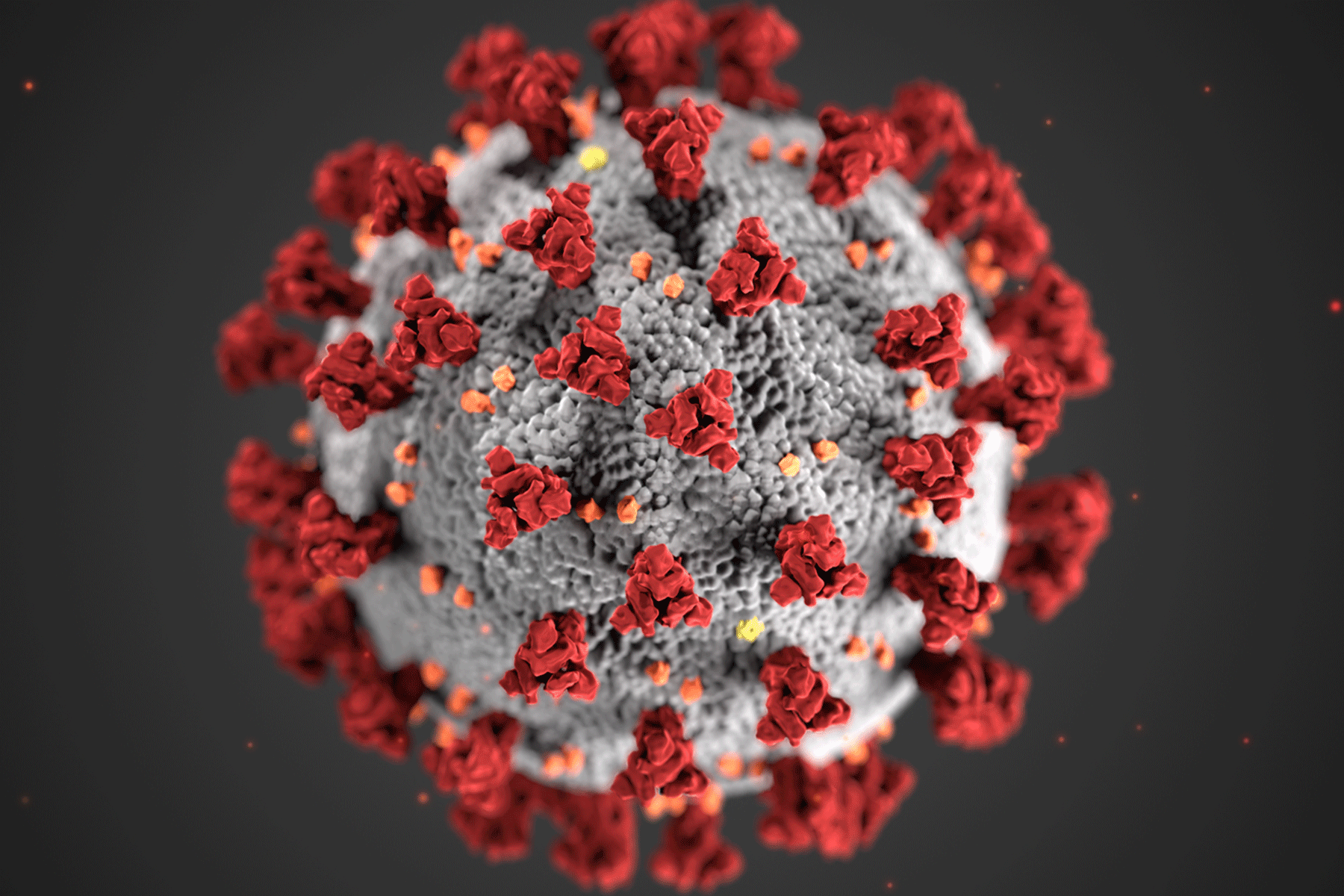Food safety isn’t optional—it’s essential. To ensure that the food we eat is safe, the Food Safety and Standards Authority of India (FSSAI) plays a key role. One of its most effective strategies is risk categorisation. This system groups food businesses based on the level of risk they pose to public health. By doing so, FSSAI directs its attention and resources where they matter most. In this article, we’ll explore what risk categorisation means, how FSSAI applies it, and why it matters to everyone—from food business owners to everyday consumers.
What is Risk Categorisation?
FSSAI categorises food businesses into high, medium, or low-risk groups. It bases these decisions on factors such as the type of food a business handles, its scale of operation, hygiene and safety record, and the vulnerability of the consumers it serves. Businesses that present a higher risk to public health undergo more frequent and detailed inspections.
Why Risk Categorisation Matters
Food businesses operate differently and handle different types of food. Some manage raw meat or dairy, which spoils easily and can carry harmful bacteria. Others sell packaged snacks, which involve lower risk. FSSAI categorises businesses into:
- Focus resources on high-risk establishments
- Schedule inspections strategically, not randomly
- Reward compliant businesses with fewer inspections
- Prevent food safety problems before they occur
This system allows FSSAI to maintain food safety efficiently without burdening inspectors or businesses unnecessarily.
How FSSAI Assigns Risk Levels
FSSAI follows structured guidelines and checklists to assess each food business. Here’s how it works:
Type of Food FSSAI assigns high risk to businesses that handle easily perishable or contamination-prone food like meat, milk, fish, and ready-to-eat items. It places businesses dealing with dry or non-perishable goods like rice, flour, or packaged snacks in the low-risk category.
Scale and Nature of Operation FSSAI considers the volume of food and the nature of the operation. A central kitchen preparing thousands of meals a day poses more risk than a small grocery store. Units that serve hospitals or schools require extra scrutiny.
Compliance History FSSAI checks whether a business has followed food safety regulations in the past. A record of violations or complaints results in a higher risk classification.
Technology and Hygiene Practices FSSAI monitors businesses that use complex equipment or produce food in bulk. It evaluates hygiene practices, water quality, and cleaning procedures to determine the risk level.
Type of Consumer Served FSSAI gives higher priority to businesses that serve vulnerable populations—children, the elderly, and patients in hospitals or anganwadis—and categorises them accordingly.
Explaining the Three Risk Categories

High-Risk Units These businesses pose the greatest risk of food contamination or spoilage. Examples include:
- Dairy and meat processing plants
- Caterers for hospitals, airlines, or schools
- Street vendors with poor hygiene
- Large-scale food service establishments
FSSAI inspects these businesses at least once every six months and more often if complaints arise.
Medium-Risk Units These businesses handle a mix of perishable and non-perishable foods and generally follow safety norms. Examples include:
- Restaurants and cafes
- Medium-scale bakeries
- Local grocery chains
- Snack and biscuit manufacturers
FSSAI inspects these businesses once a year.
Low-Risk Units These units handle low-risk foods and require minimal processing. Examples include:
- Sellers of packaged dry goods
- Stationery shops selling chocolates
- Small local stores
FSSAI may inspect them once every 18 to 24 months or only when complaints surface.
How Technology Supports Risk Categorisation
FSSAI uses a digital tool called FoSCoRIS (Food Safety Compliance through Regular Inspection and Sampling) to streamline inspections. This tool allows FSSAI to:
- Track risk levels for every food business
- Automate inspection schedules
- Record inspection findings and hygiene scores
- Ensure transparency and accountability
FoSCoRIS helps ensure that inspections rely on actual risk rather than random selection.
Inspections and Enforcement
Once FSSAI categorises a food business, it assigns inspection schedules based on the risk level. During visits, officers use standard checklists and hygiene rating systems to evaluate:
- Cleanliness
- Raw material quality
- Food handling methods
- Proper labelling and storage
- Use of approved additives
If FSSAI finds violations, it issues warnings, levies penalties, or shuts down operations in severe cases.
In a Nutshell
FSSAI uses risk categorisation as a smart, targeted way to protect public health. Instead of treating all businesses the same, the system identifies where oversight is most needed. For consumers, this means safer food. For businesses, it provides clearer expectations. And for inspectors, it offers a structured, data-driven way to perform their duties.
So the next time you notice a hygiene score in a restaurant or store, remember that it reflects a well-organised system working quietly to keep your food safe.
 Food Manifest
Food Manifest 